
Modular architecture is officially on the rise! They give us the freedom and ability to create a home, office, or even a holiday cabin according to our needs and wants. Customizing or putting together a space exactly the way we want isn’t a far-off dream anymore. Your dream home or dream cabin retreat is now a reality with these amazing modular architectural designs. From a prefab modular tiny home that expands as you need, to a modular dome that can function as a greenhouse or tiny home – this collection of modular architectural designs can be anything you want them to be! The possibilities are endless.
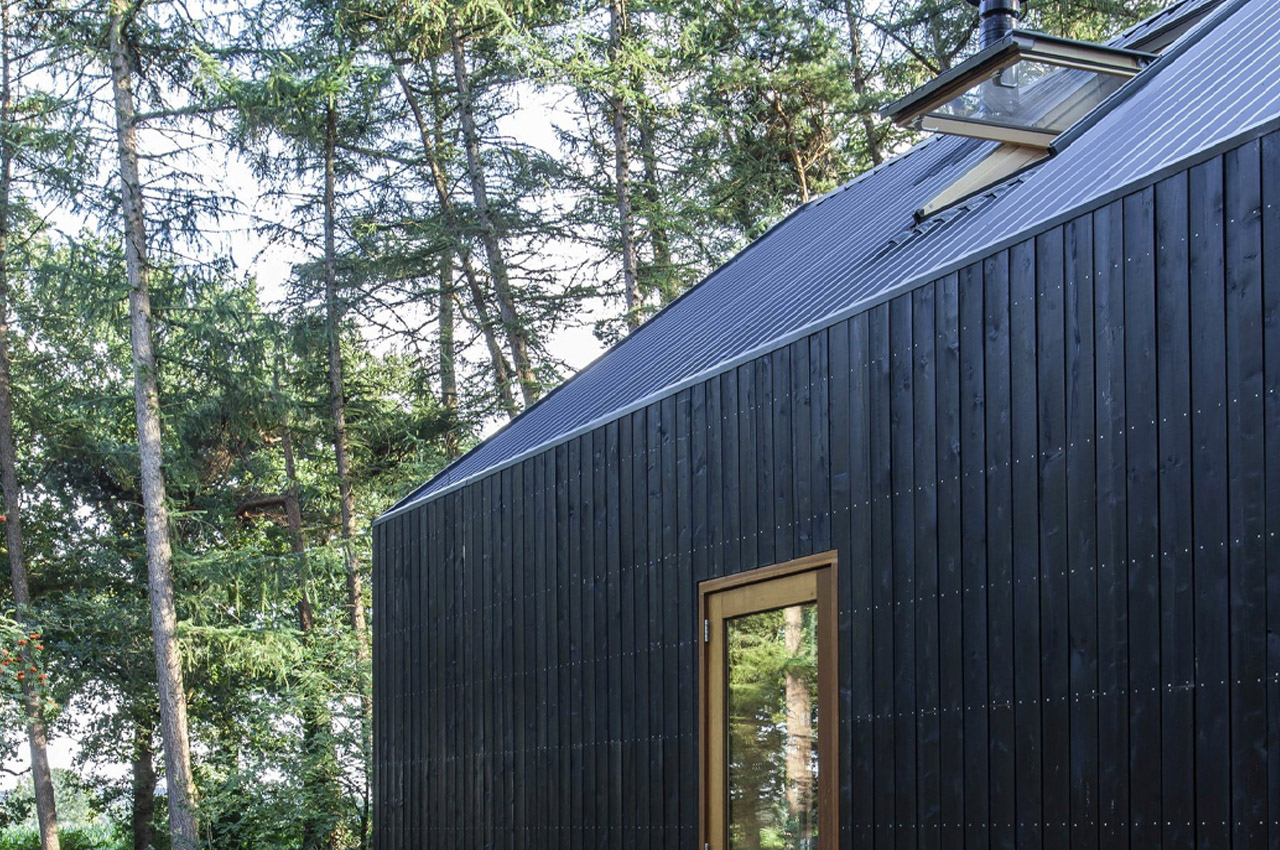
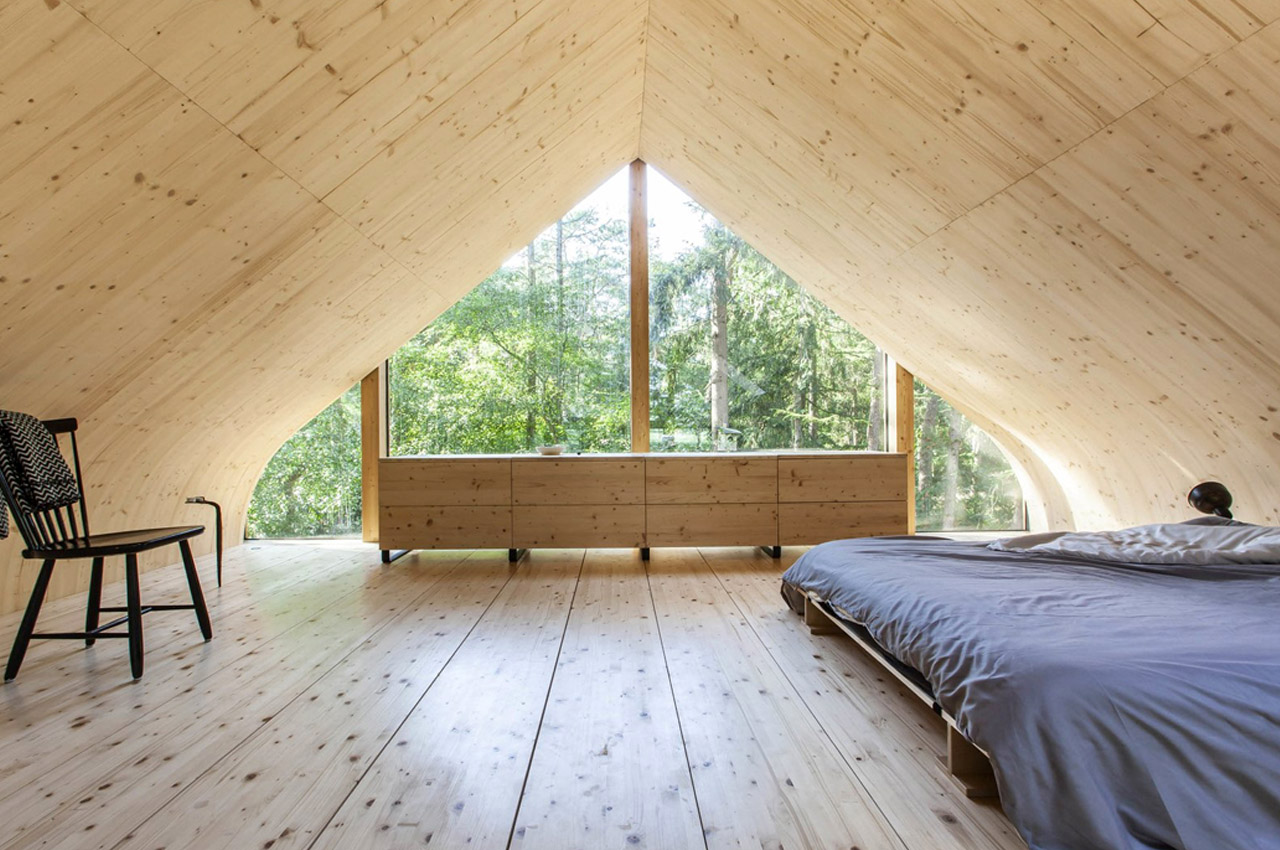
Woonpioniers, an Amsterdam-based architecture, and design studio has created Indigo, a modular building system that designs homes to replicate one of your dreams. Depending on the home you’d like to build with Woonpioniers, Indigo’s structure and shape may vary. Recently, Lia Harmsen collaborated with Woonpioniers to design her live-in workspace for sculpting. The finished custom two-floor home measures 861-square-feet and features fixed-end moment building practices that produce a beautiful, curved interior leading from the wall to the ceiling. The fixed-end moment frame of the home offers an open-air floor plan, giving complete access for the building’s interior layout to take shape, leaving behind the spatial restriction of support beams and partitions.
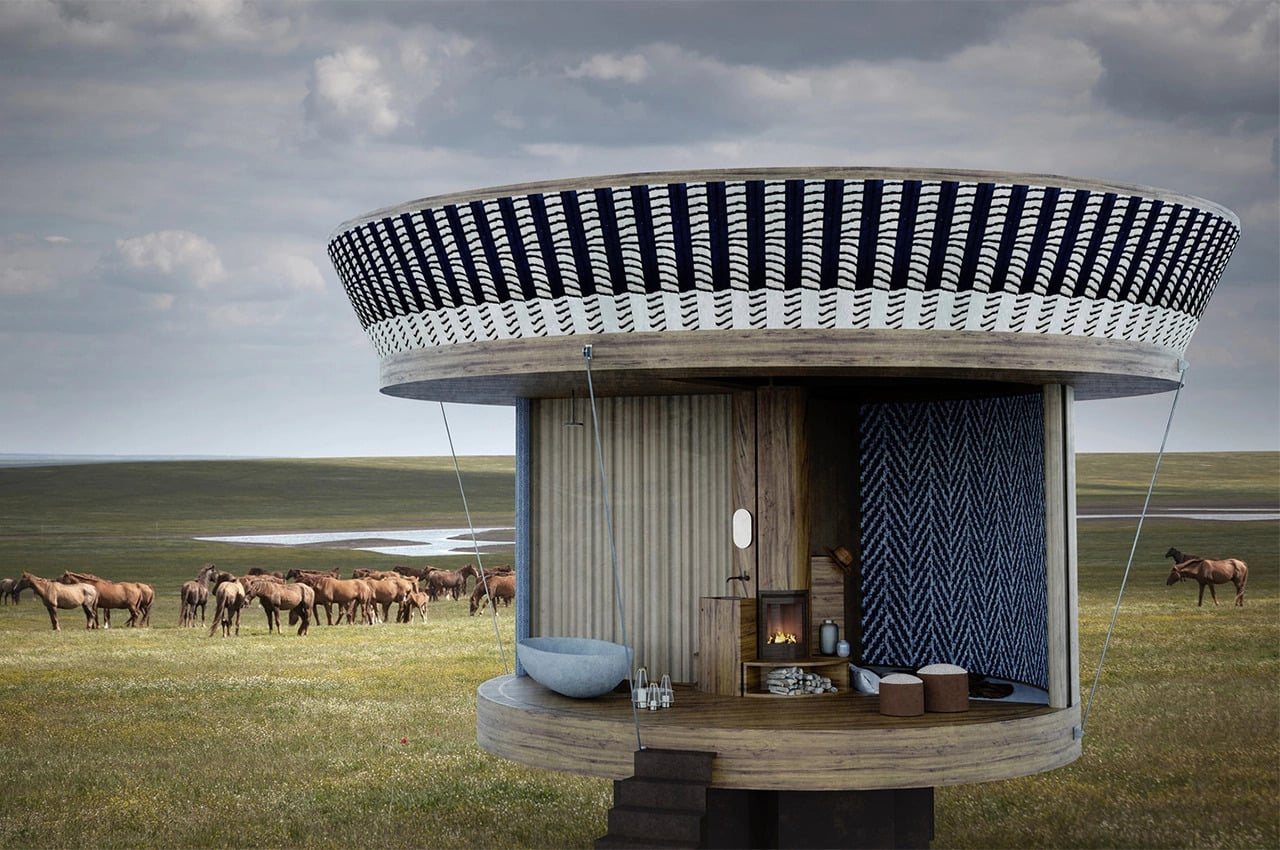
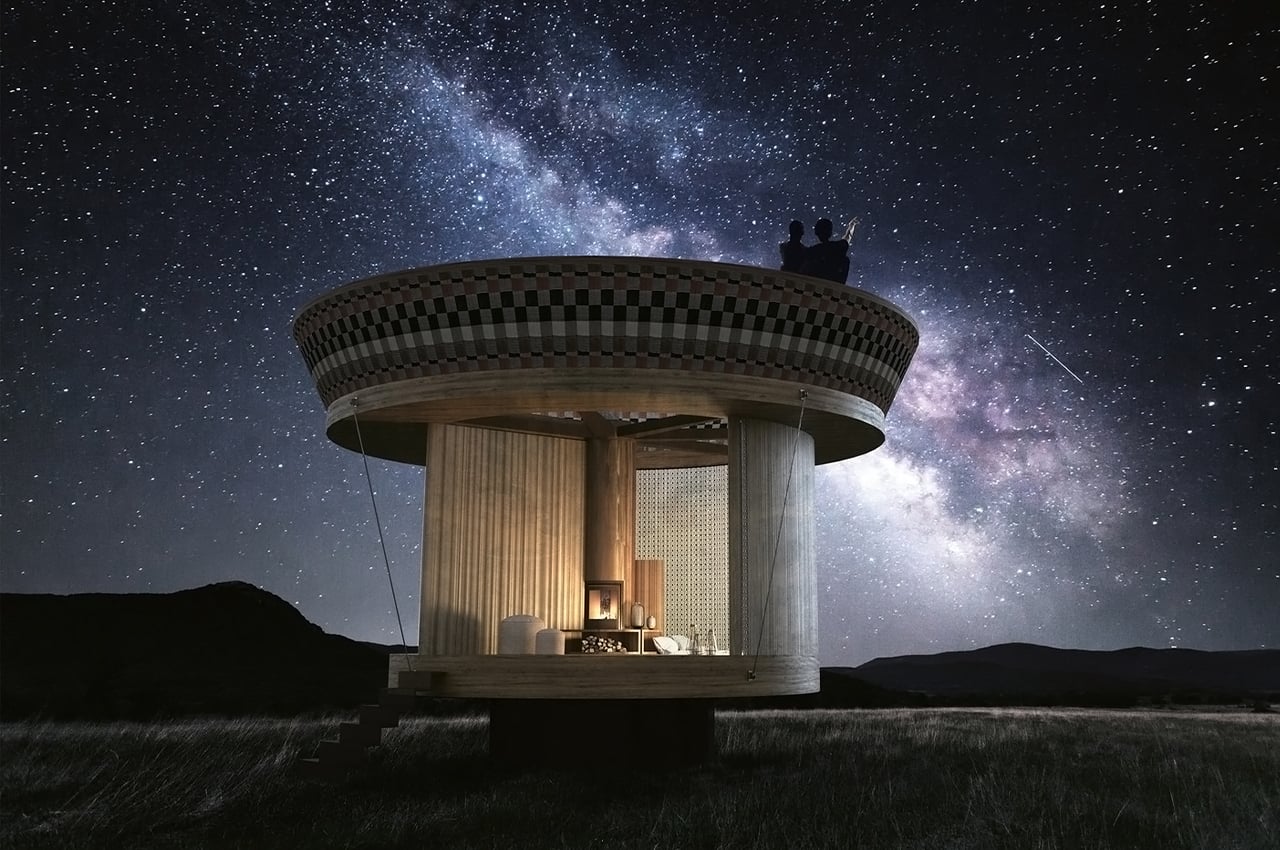
Casa Ojalá has been constructed with carefully selected timbers, fabrics made from recycled plastic, and handmade ceramics. It also has integrated photovoltaic panels, a rainwater recovery system, and a black water depuration advanced biological plant – all of which allow it to be set up even in the most remote locations. Each cabin will source local materials and therefore no destination will have the same casa but each will be woven with the roots of the land creating infinite possibilities within the same floor area anywhere in the world.
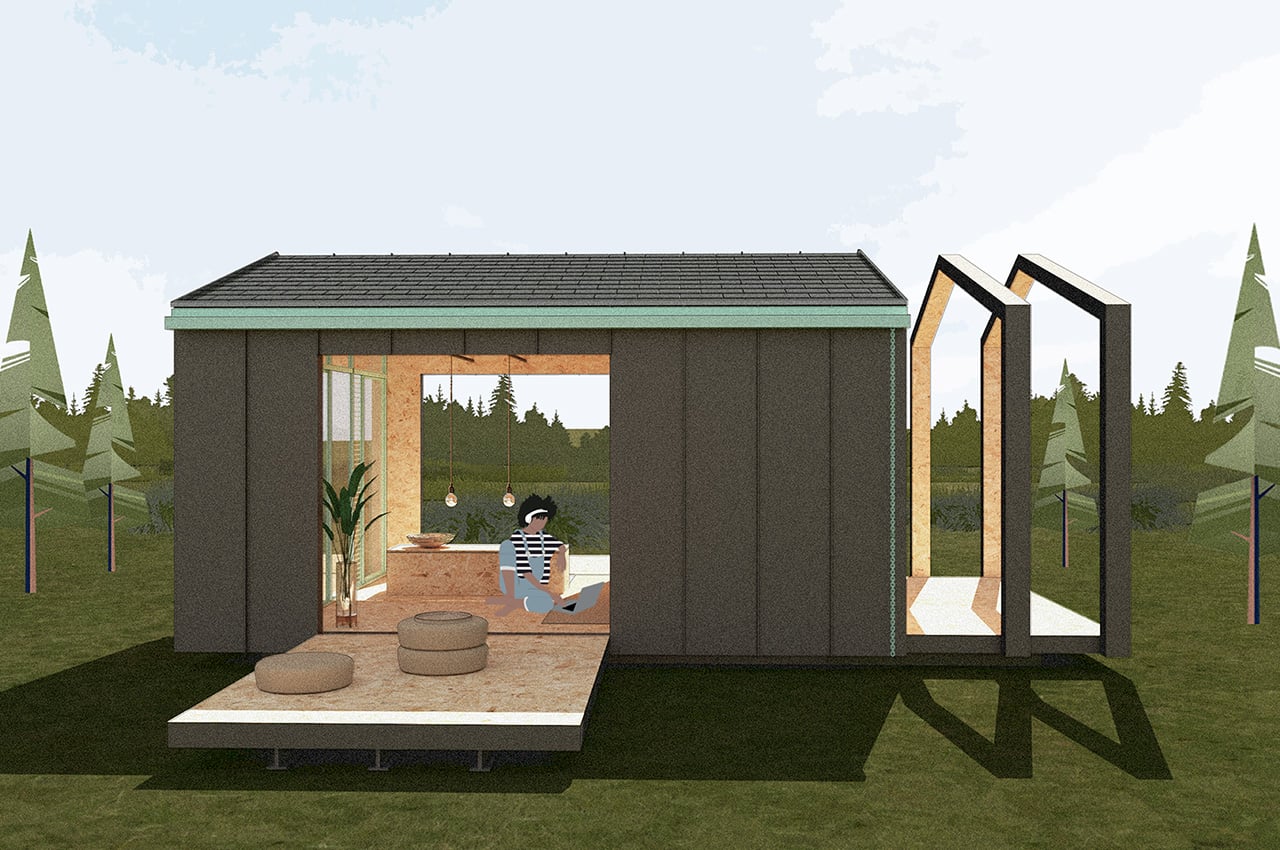
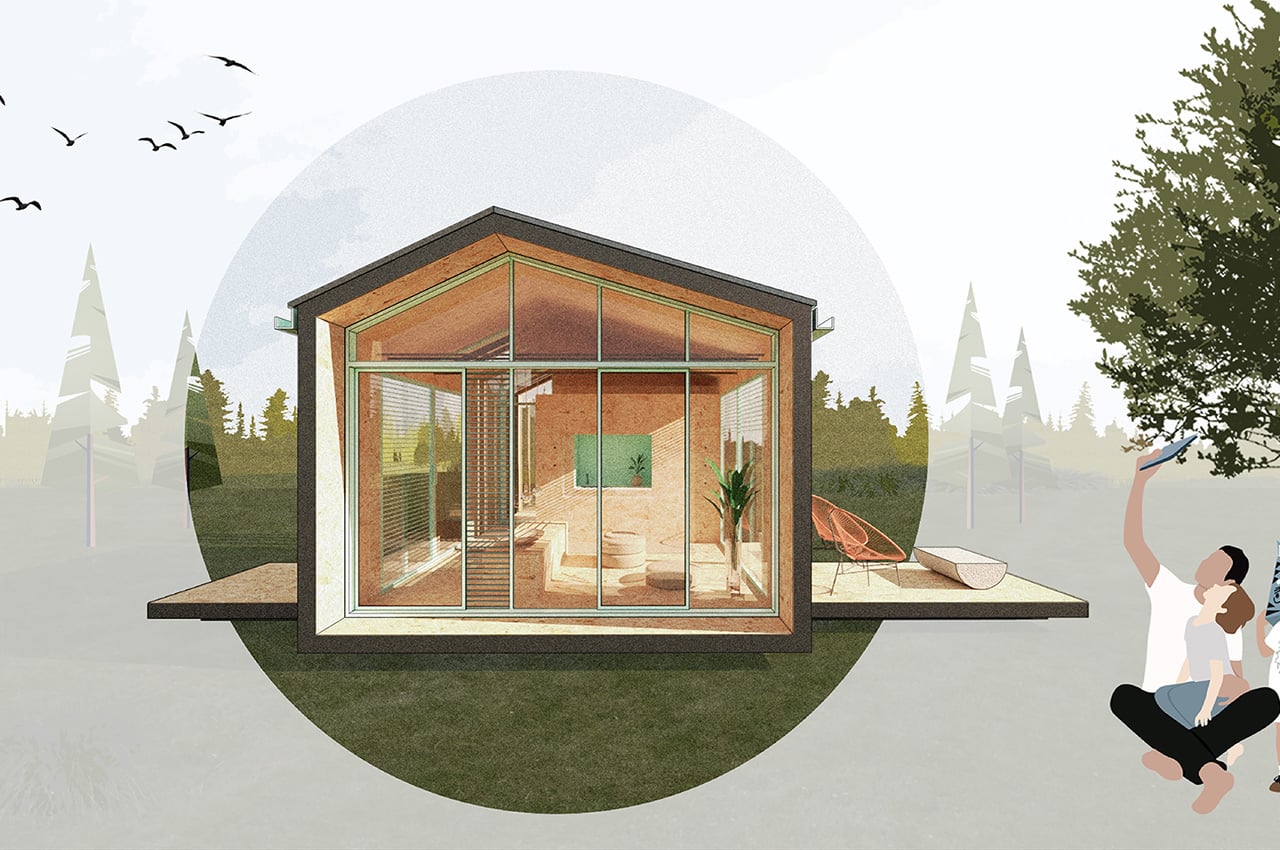
Dubbed Micro Home, UOOU Studio developed the tiny home to be anything from a weekend retreat to a remote office space. Micro Home’s versatility comes through with its convertible roof that incorporates sliding awnings to open and close throughout the day as needed. This means that space can transform throughout the day from a sunbathing bungalow to a sheltered home office. Micro Home is constructed off-site with sustainable building materials like wood and OSB paneling, leaving a low carbon footprint and making it lightweight for easy shipping and handling. After it’s been positioned into place, Micro Home’s roof is tiled with solar panels to generate the home with power. While the building material and solar panels outfit each individual Micro Home, UOOU Studio made it so that owners can customize the interior and overall shape of their Micro Home.
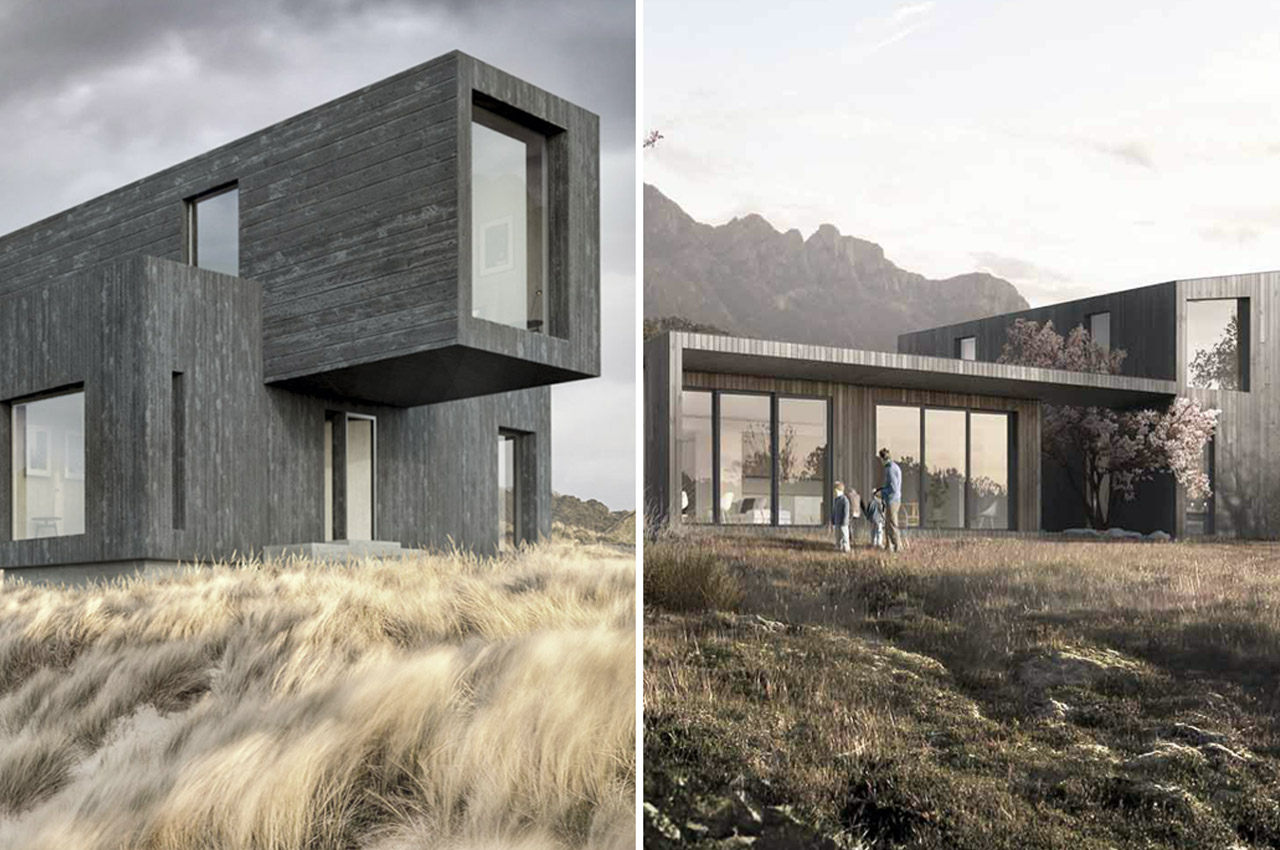

Plant Prefab, a California-based architecture firm that prefabricates sustainable homes, recently collaborated with Koto, a UK-based studio that designs modular homes, to build two residences called LivingHomes. Devised to meet both LEED Platinum and net-zero standards, the homes were also designed and built on some Scandinavian design principles: minimalism and biophilia. Biophilia is the hypothetical human tendency to interact with nature. Biophilic design, which could be inherently minimalist, interprets that human tendency for both interior and exterior spaces, producing a design concept used to increase the connectivity between a building’s residents and the natural world. In order to meet sustainability standards that match Plant Prefab’s mission statement, Koto looked toward Scandinavian design standards.

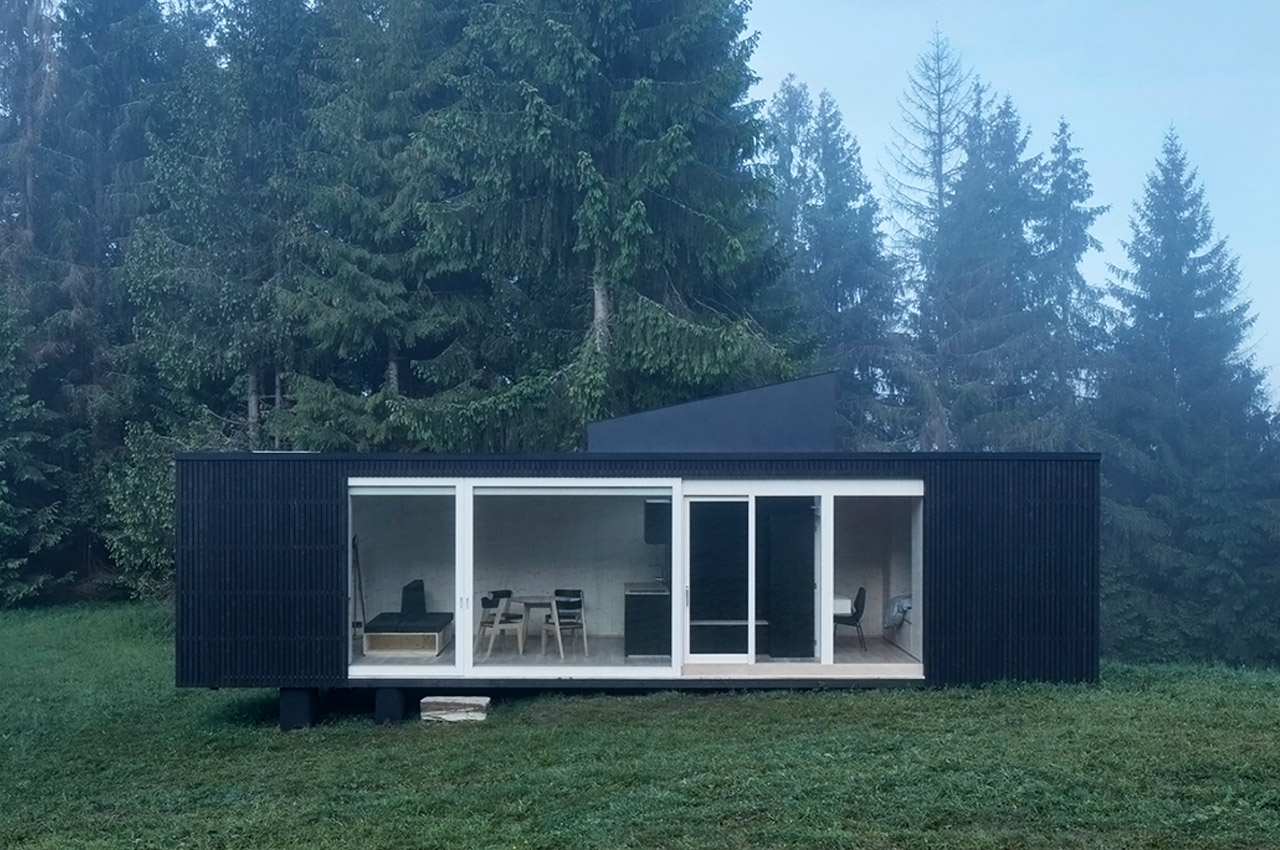
This cluster of prefab cabins is located in a Slovakian forest for Hotel Björnson but can also be stand-alone homes. The minimalist shelters have a Scandinavian aesthetic and give you an eco-friendly getaway with minimal environmental impact. Ark Shelter has also won a Cezaar award in the category Architectural Fenomena – a recognition for the most exceptional architectural achievements of the year. The modern retreat is made of 11 cabins and four wellness units that include saunas and relaxation rooms. The shelters are built in one piece, which gives the incredible mobility to reach your dream location. Every cabin rests on stilts to minimize site impact and has been carefully placed in between the trees to give you maximum privacy and maximum views!
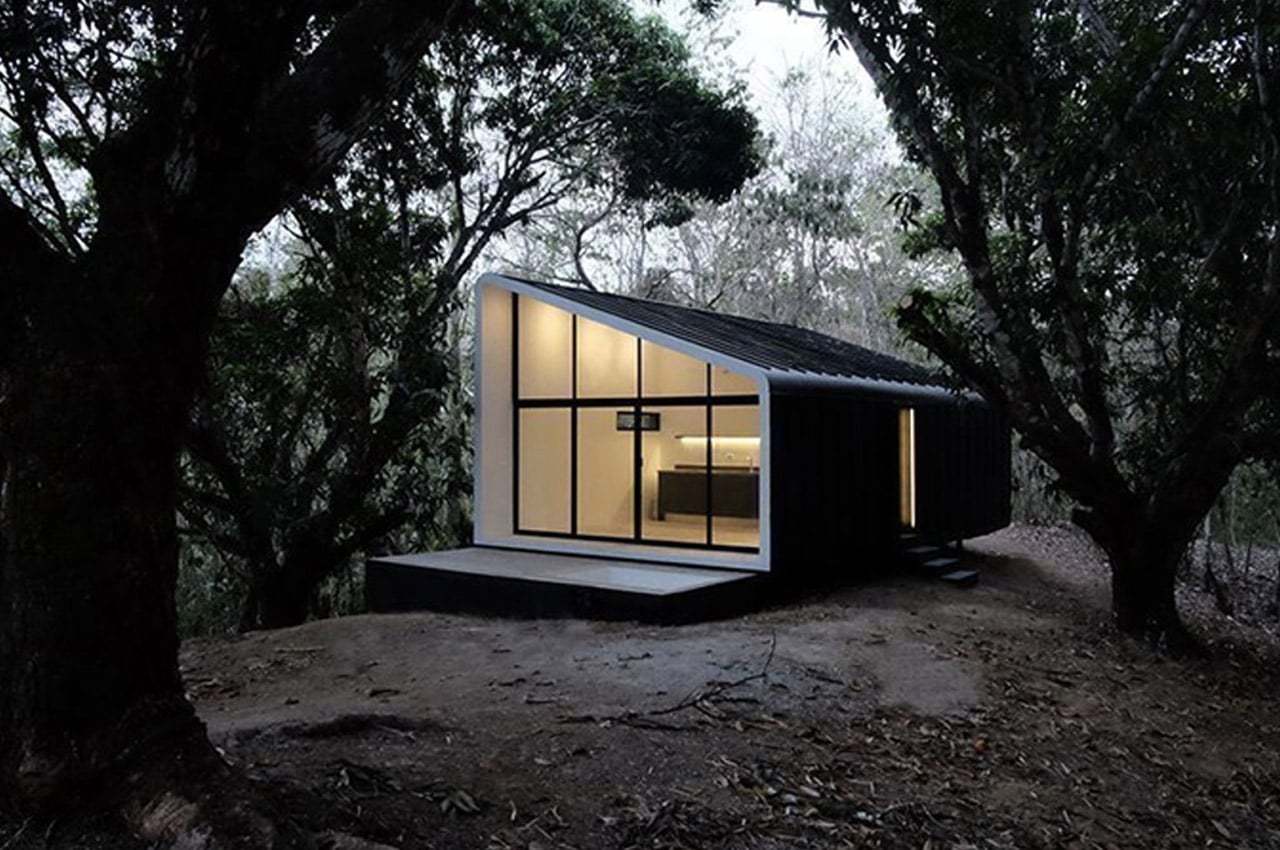
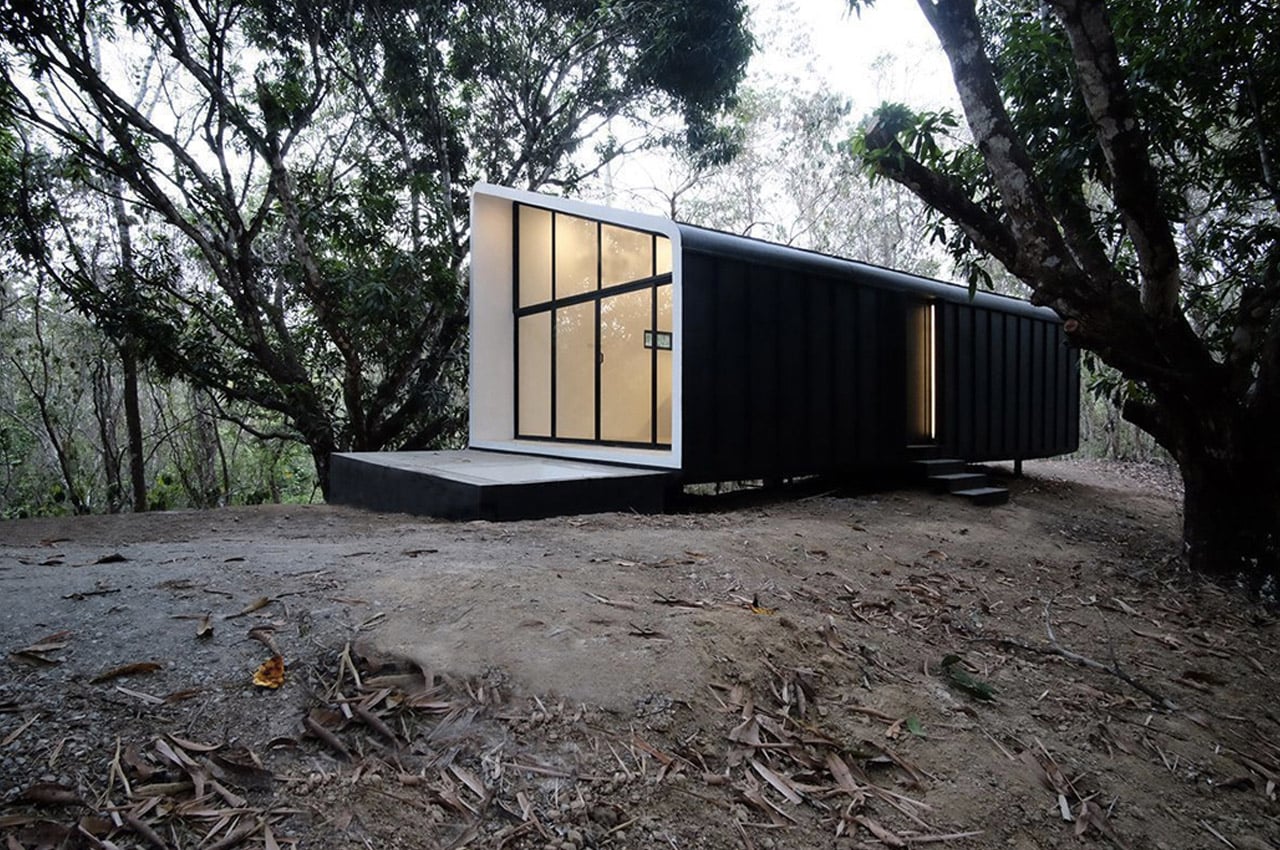
Úbáli, which means chameleon in Bribri, designed their first modular cabin, called Kabëk, specifically to befit mountain living. The first model for the Úbáli Tropical Living’s eco-tourism initiative dons an inclined roof, which allows the modular house to tuck right into mountainous terrains and offers travelers the chance to fully immerse themselves and their stays in the quiet of the wood. The modular cabin has a simple design layout of four walls that enclose a bedroom, living room, kitchen, bathroom, and dining room. The construction process also promotes frugality in regard to both time and money in that its modularity and simple layout caters to the prospect of easy and relatively affordable replication.
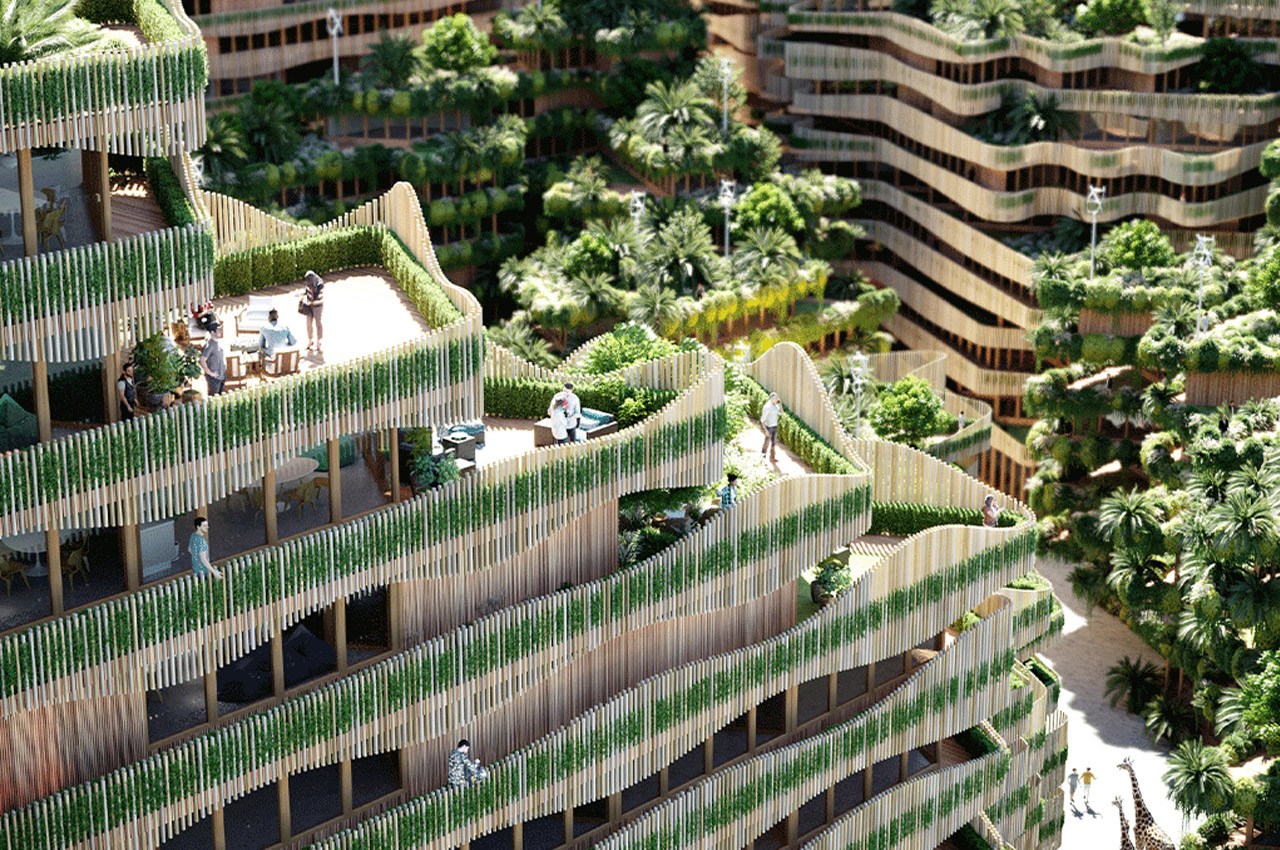
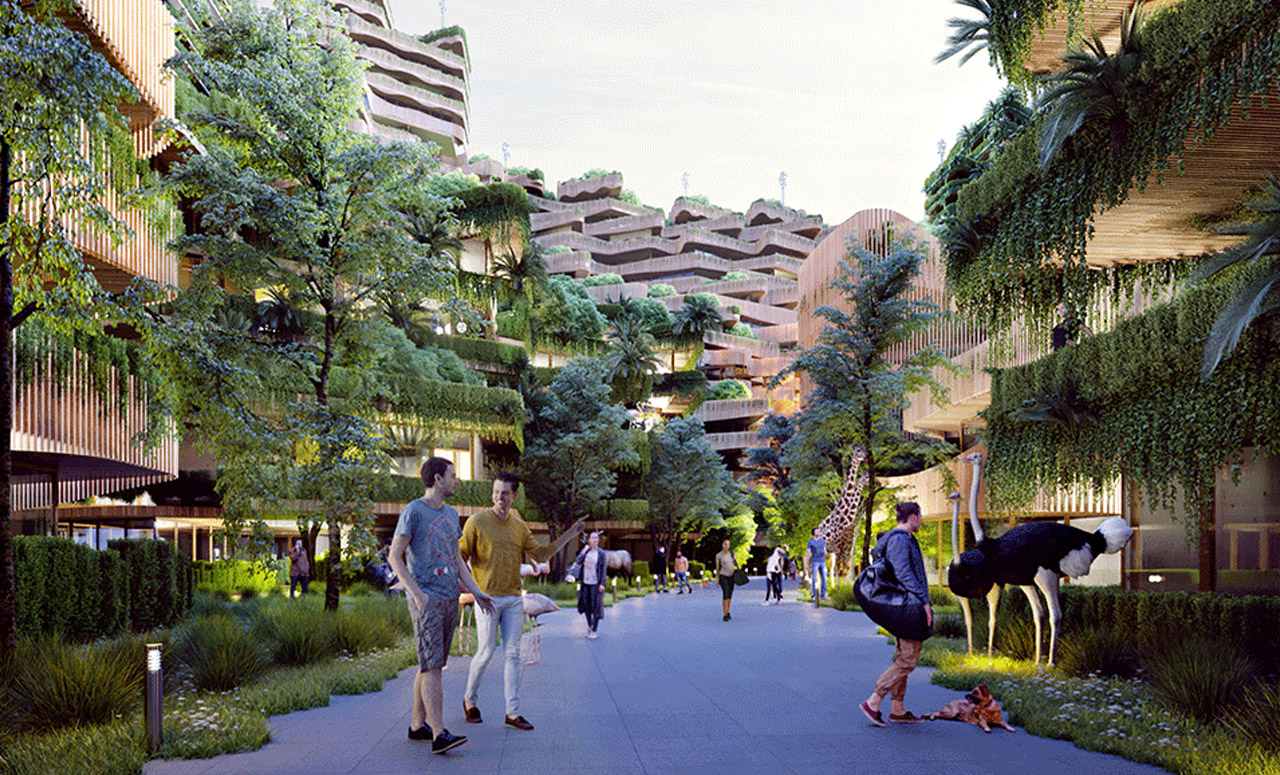
Amsterdam-based architecture firm GG-loop collaborated with Arup to design a modular building system that focuses on regenerative sustainable living and urban development. Created with biophilic principles and parametric design tools, the hypnotizing prefab timber modules we see will be optimized to be flexible and scalable. This will let the building continue expansion with time in several different urban settings while accommodating the changing times which often results in changing needs. The ability to expand the structural hub is where the building gets its name from. Mitosis can be used for a wide range right from creating communities with off-grid, single-family homes to high-density, mixed-use zones in cities. GG-loop’s pilot project Freebooter was the foundation for Mitosis and is in itself an award-winning pair of prefabricated, cross-laminated timber apartments that were completed last year in Amsterdam.
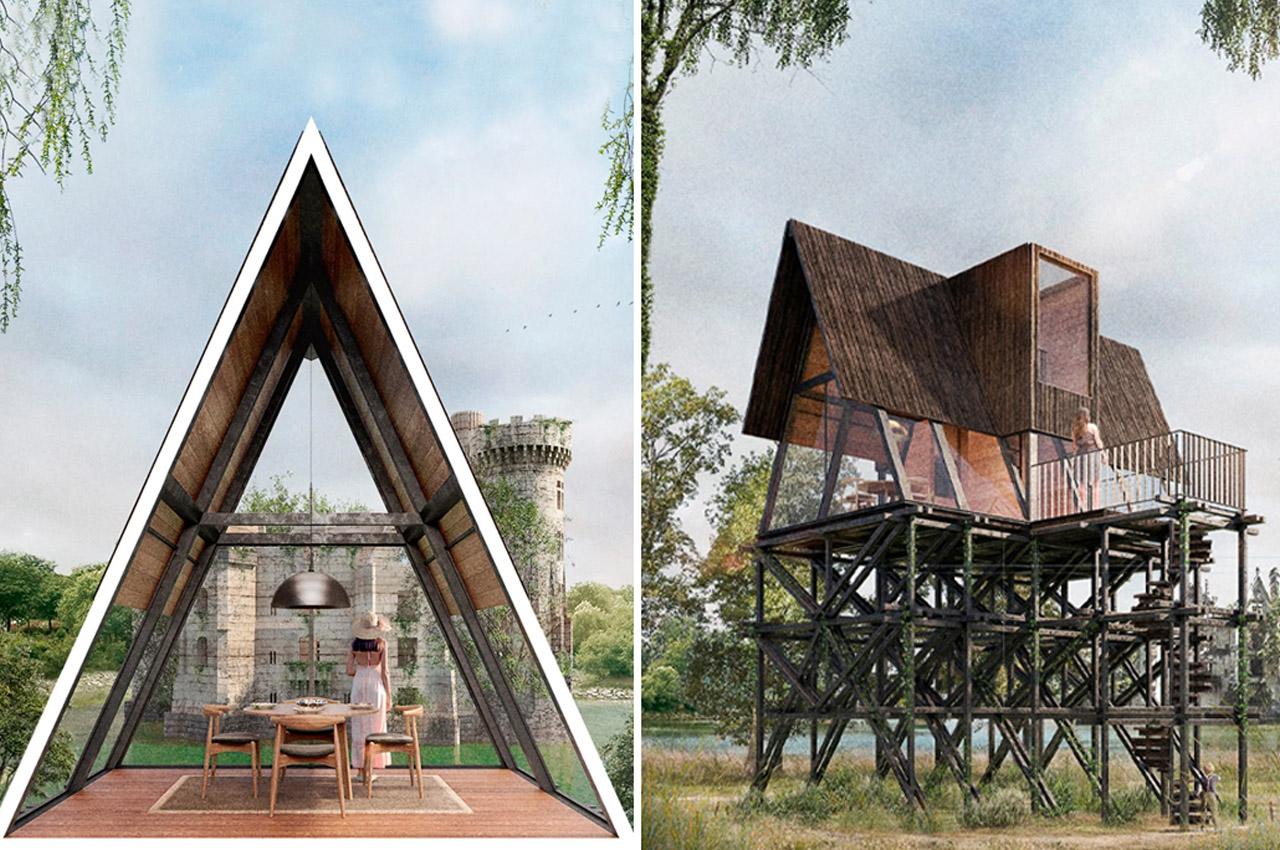
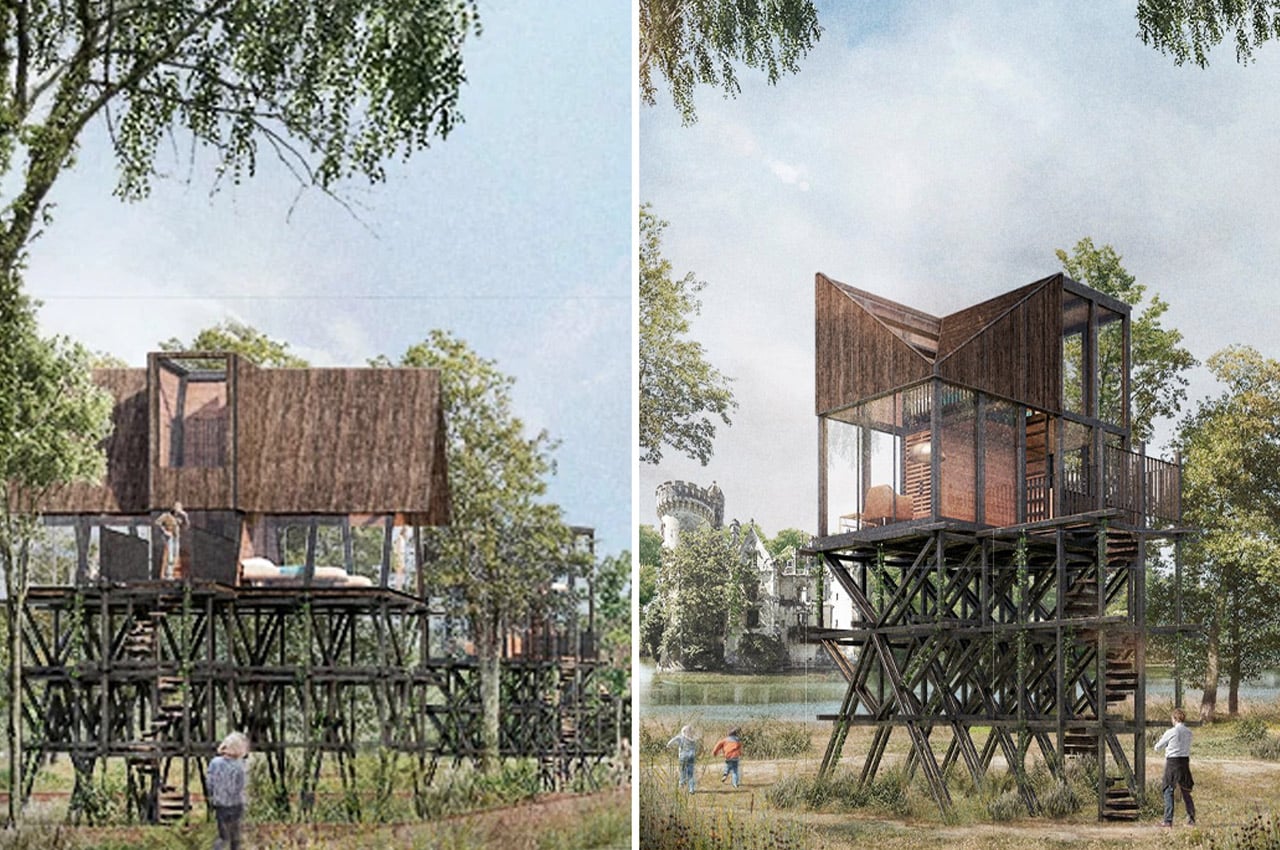
Treehouses inherently exude an air of myth and adventure. When stationed either in dense jungles as a natural hub to study wildlife or placed in a suburban backyard for kids, the treehouse is the place where the escapist can let their hair down. Take the treehouse and tuck it next to an old French castle in the countryside and it’s something straight from the storybooks. Forma Atelier, a Mexico-based architecture firm, turned that storybook setting into reality with their modular treehouse concept that cleverly combines razor-sharp triangular roofs with sweeping glass window panes to share the rural hills with that of an old French château.
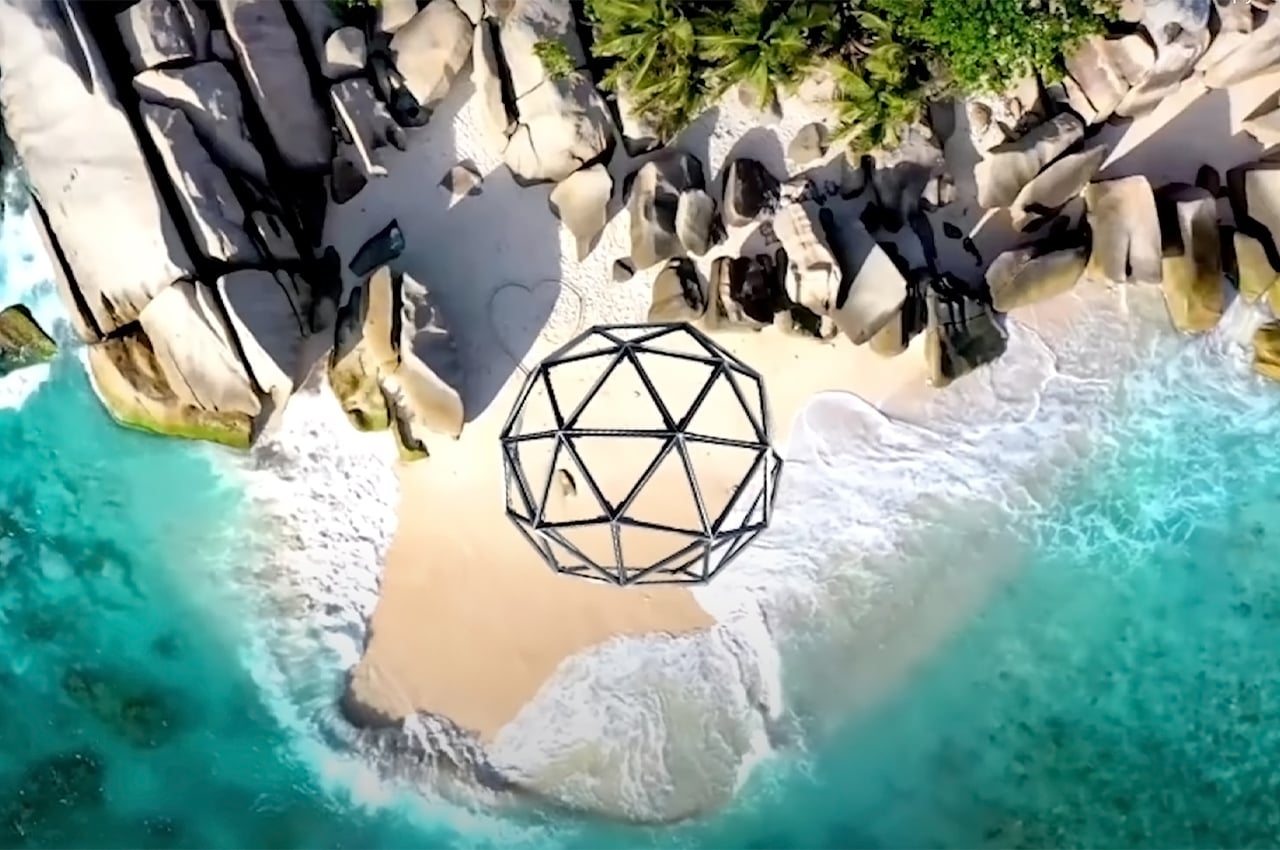
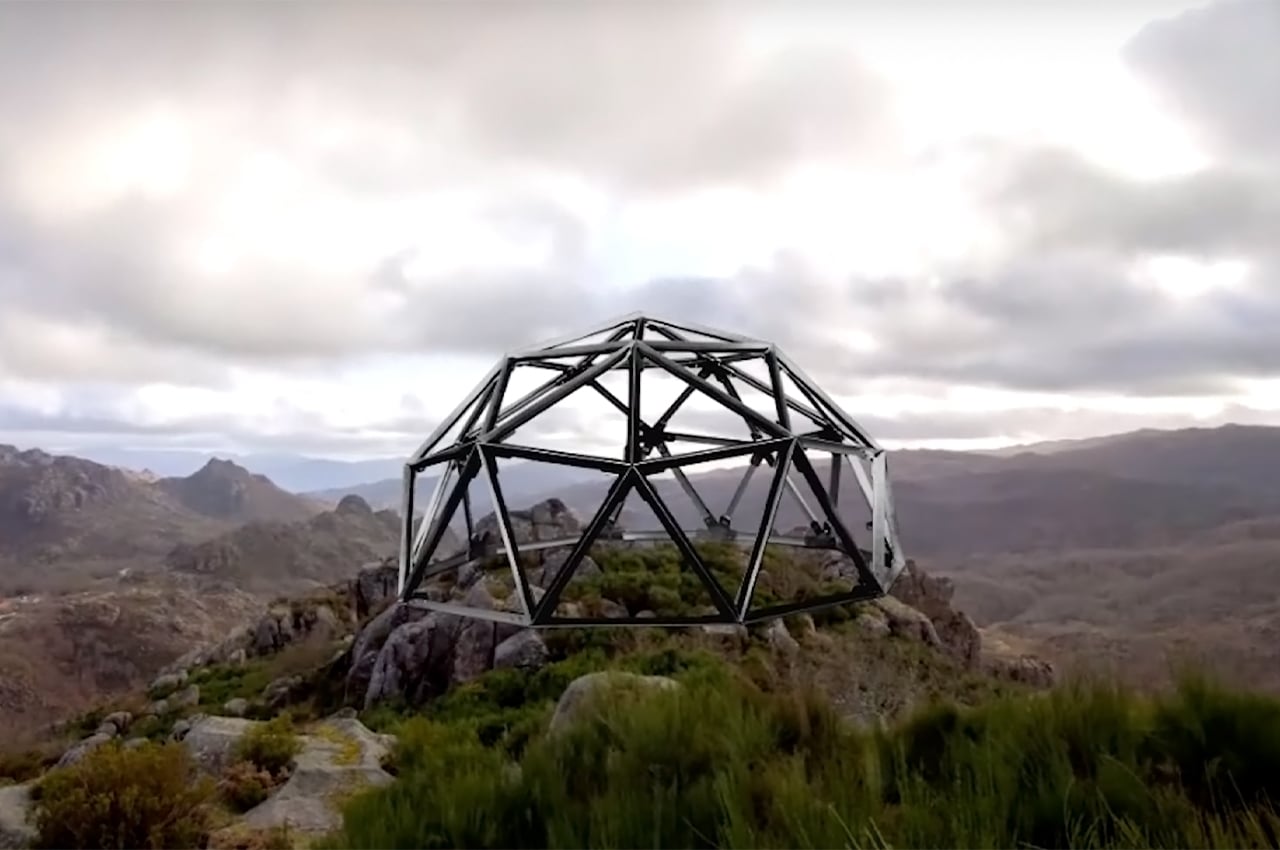
Think of Ekodome as the grown-up version of building forts with bedsheets and pillows. Just like your fort could be anything you imagined from a storefront to a palace, these geometric domes are also designed to be anything from tiny homes to greenhouses! The modular design of these geodesic dome kits gives you endless possibilities and I, for one, would love to convert it into a creative home office. Ekodome is a New York City-based company and they have many different models and sizes for you to choose from. The base concept is simple, it involves an aluminum frame that you can easily assemble DIY-style. The dome is crafted from high-quality and durable materials so that it is more than a temporary shelter while still retaining its modular, scalable, and lightweight nature. Your kit will come with the aluminum hub and hub caps with an EPDM seal on.
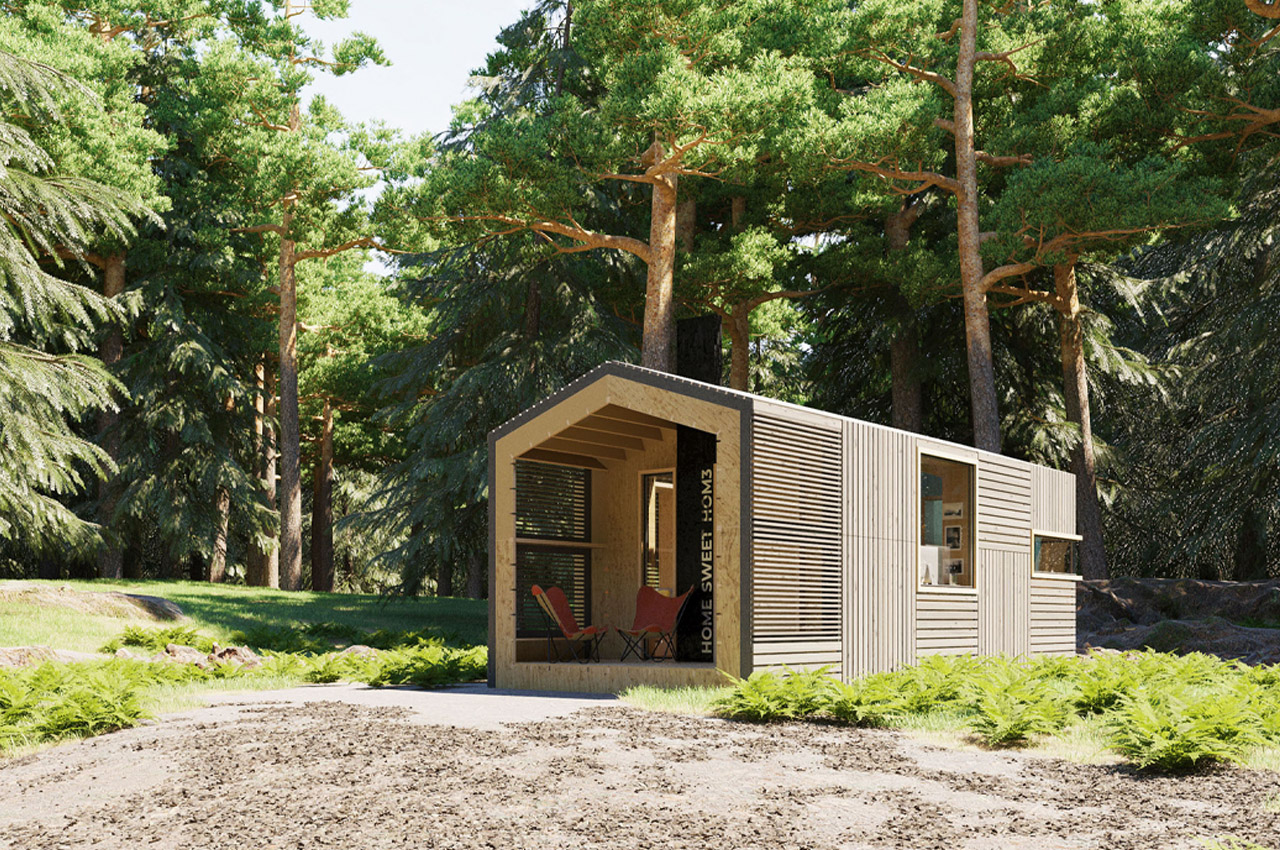
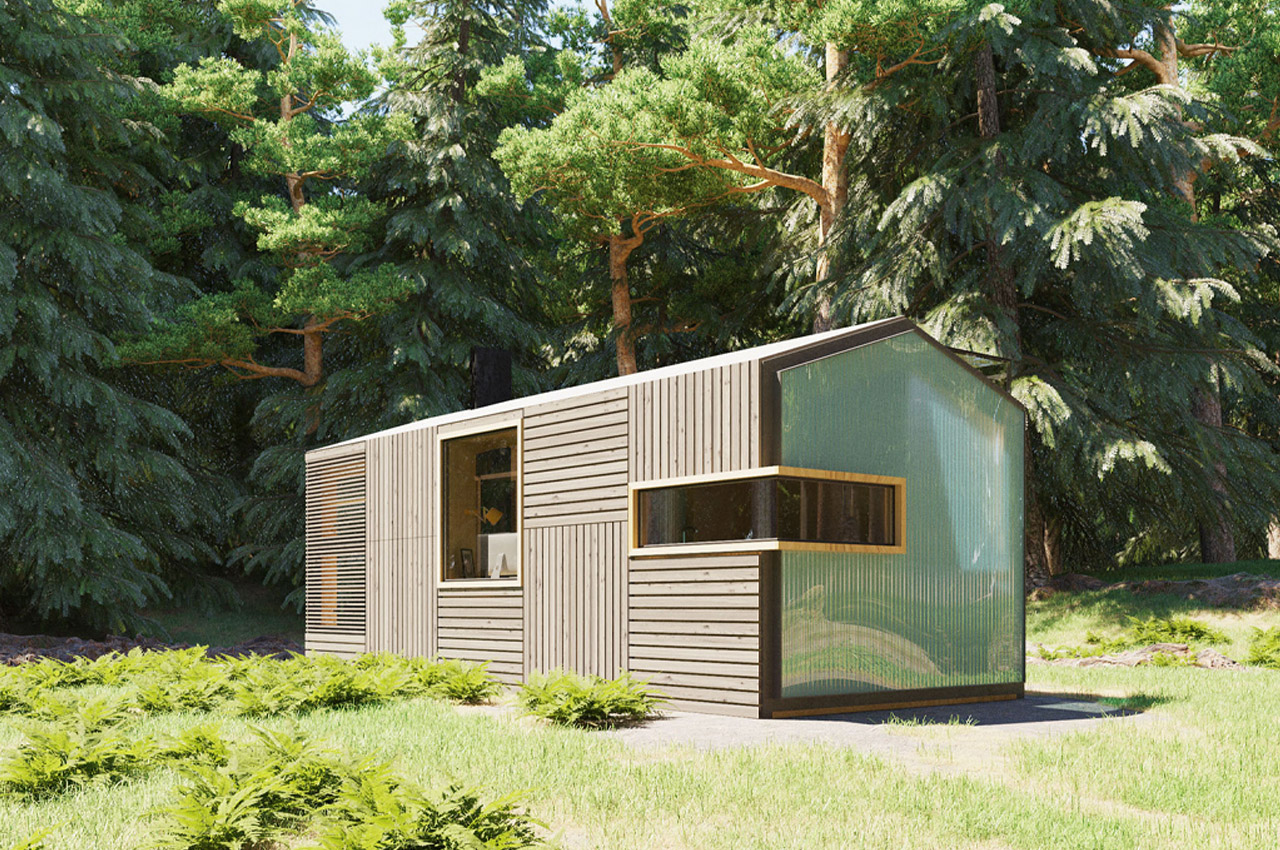
In creating HOM3, which stands for ‘Home Office Module Cubed,’ the designers at JaK Studio felt inspired by the home-building system featured in Minecraft– the best part of playing video games. To build your own multifunctional HOM3 cabin, JaK Studio is currently working with game designers from AI Interactive to make the process of creating the floor plan feel and look very similar to the process of building your Minecraft home. HOM3 essentially turns the virtual home design process of Minecraft into reality. Speaking to this, founding partner of JaK Studio, Jacob Low says, “During [the] lockdown, our team became fascinated by the principles of games such as Minecraft which allow people to transform and customize their environments, and we began experimenting with the idea of customizable, modular micro-architecture. HOM3 transports what we found in the gaming world to the physical space, offering a really unique design solution for modern living.”
via https://ift.tt/2nqSsIm
Post a Comment
Note: Only a member of this blog may post a comment.